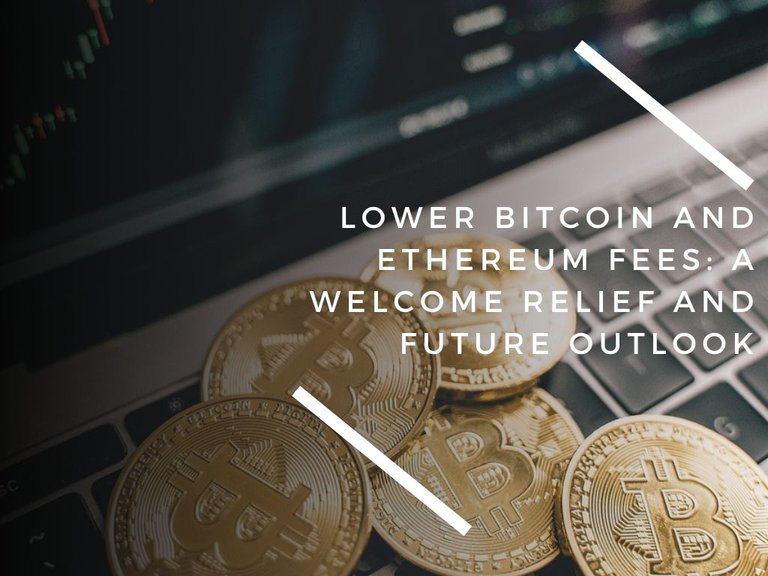Lower Bitcoin and Ethereum Fees, Welcome Relief and Future Outlook
Transaction Fees for $BTC and $ETH Have Recently Dropped at the Beginning of July, Offering Relief for Users Who Were Paying High Fees in Recent Months Even for Minimum Withdrawals.
The drop in fees is attributed to a series of factors, including a decrease in network activity and improvements in underlying technology. However, the second possibility is currently out of the question.
Reasons for the Drop in Fees
One of the main reasons I mentioned for the reduction in transaction fees is the decline in activity on the Bitcoin and Ethereum networks. During periods of high activity, such as when cryptocurrency prices are rising rapidly, the networks can become congested, leading to an increase in transaction fees by block producers, as seen in protocols similar to $BTC.
However, recently, activity has been more moderate over the last week and the first of this month, resulting in less congestion and lower fees.
Lower fees = More profit. That's expected, isn't it?

Impact of Lower Fees
Lower transaction fees are good news for users, especially those who make many small transactions. During periods of high fees, users may be discouraged from making transactions due to the additional cost, like a simple withdrawal. With lower fees, it is more economical to send and receive cryptocurrencies, which can encourage greater use of the networks.
Lower fees are also beneficial for developers and businesses that use networks like decentralized applications, or just called dApps, and other blockchain-based services can become more economically viable since transaction fees are an important consideration in operating costs. Businesses that accept cryptocurrency payments can also benefit from lower transaction costs, making payments more attractive to customers.
Challenges and Future Considerations
While transaction fees are currently low, there are uncertainties about whether this can be sustained in the long term. Cryptocurrencies are known for their volatility, and events like price increases or changes in regulations can impact network activity and, consequently, transaction fees.
Scalability of Networks
Scalability remains a challenge for cryptocurrency networks. Although the Lightning Network and Ethereum 2.0 are important steps in the right direction, much work still needs to be done to ensure these networks can support growing use without compromising efficiency or increasing transaction fees.
As already exists, some layer two projects aim to address high fees by diverting the main transaction route, avoiding constant congestion.
Future Prospects
Cryptocurrency networks continue to evolve, and adapting to new technologies will be crucial to maintaining low transaction fees.
What this?
Ongoing research and development projects, such as work on layer two solutions and improvements to the base protocol, are essential for the future of cryptocurrencies. As more people and companies adopt cryptocurrencies, the demand for efficient and low-cost transactions will increase. Mass adoption can lead to new technological innovations and solutions that improve network efficiency, helping to keep transaction fees at affordable levels.
Government regulations and policies will play a significant role in the future of transaction fees. Favorable regulations can encourage the use of cryptocurrencies, while restrictive policies can limit network activity and impact transaction fees.
It is important for the cryptocurrency community?
Yes, to continue engaging with regulators to ensure that policies support the sustainable growth of the networks.
Conclusion & Personal Opinion
The recent drop in transaction fees for both tokens $BTC and $ETH, which I consider the main pioneers of all others, is a positive development for users, developers, and businesses with external financial interests. However, the sustainability of these low fees will depend on several factors, including network activity, technological improvements, and the regulatory environment. The future of transaction fees in cryptocurrency networks will be shaped by a combination of technological innovation, continuous adaptation, and government policies.
It is an interesting time for the cryptocurrency community, with many opportunities and challenges ahead.
Posted Using InLeo Alpha
Congratulations @bankrobbery! You have completed the following achievement on the Hive blockchain And have been rewarded with New badge(s)
Your next target is to reach 400 upvotes.
You can view your badges on your board and compare yourself to others in the Ranking
If you no longer want to receive notifications, reply to this comment with the word
STOPCheck out our last posts: